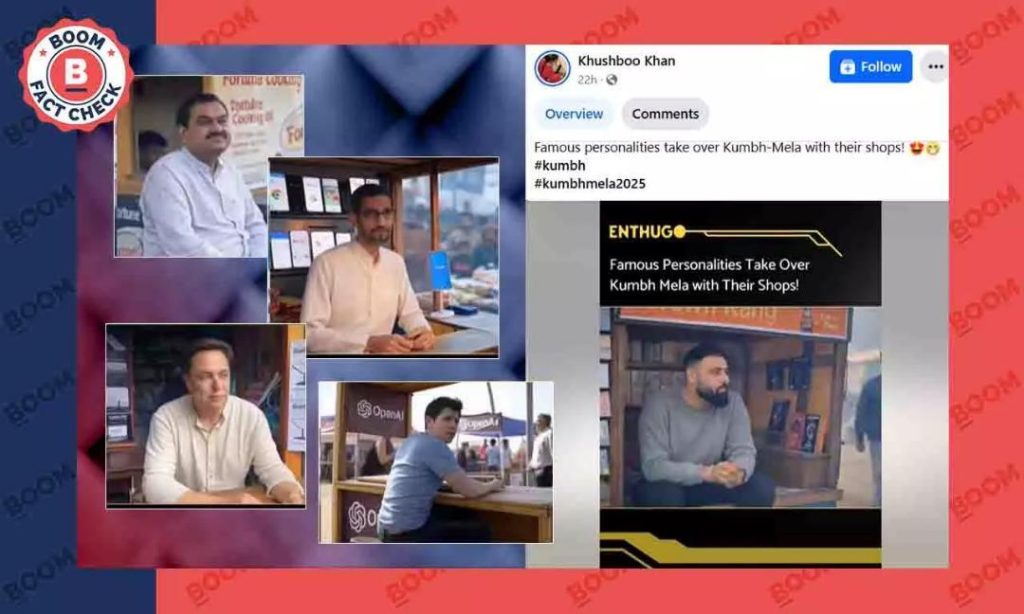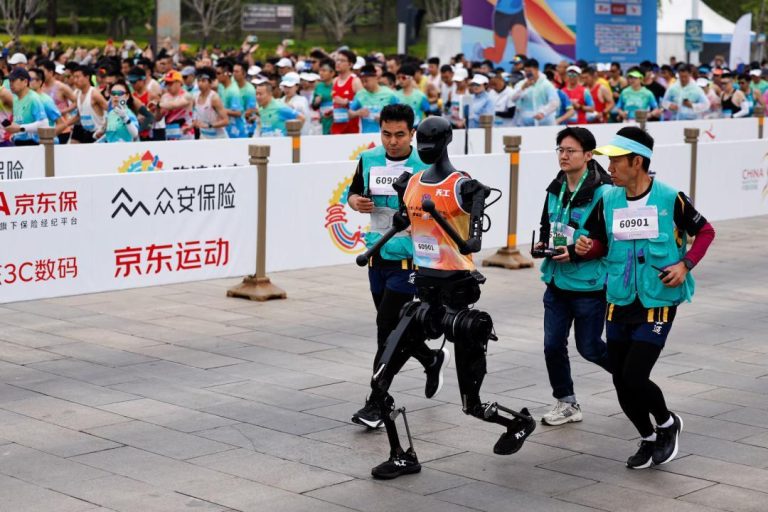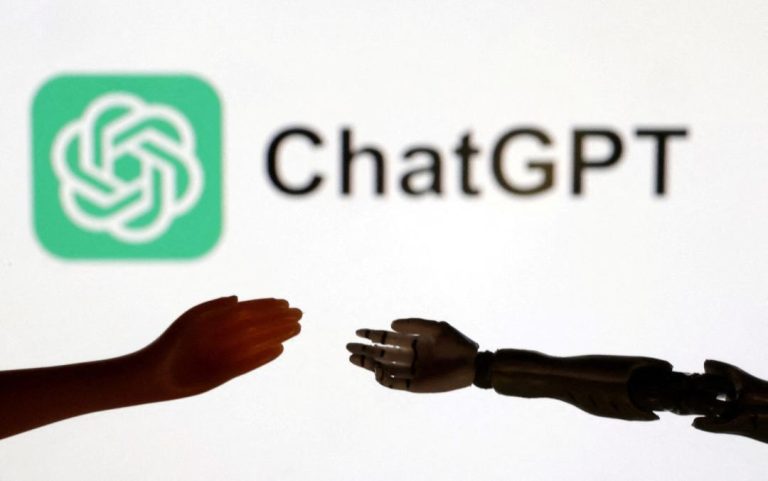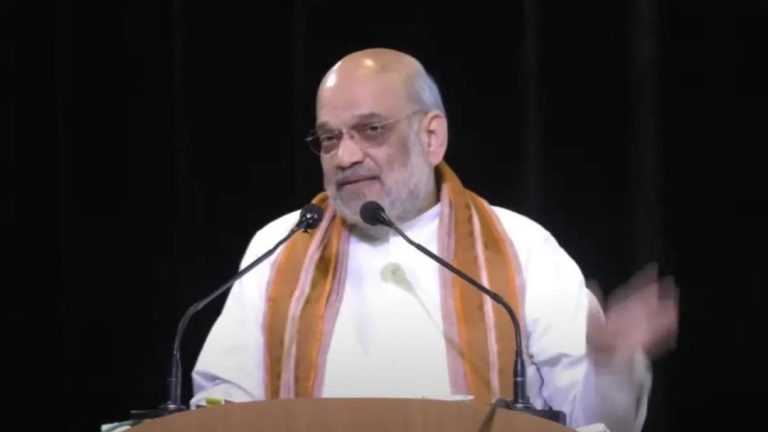
Viral AI Video Claims Sundar Pichai, Musk Attend Maha Kumbh
The world of artificial intelligence has made rapid strides in recent years, and its applications have become increasingly pervasive in various fields. However, AI-generated content has also led to the spread of misinformation and disinformation, often with devastating consequences. A recent example of this is an AI-generated video that has been making the rounds on social media, claiming that prominent personalities like Sundar Pichai, Elon Musk, Mukesh Ambani, Sam Altman, and rapper Badshah attended the Maha Kumbh Mela 2025 and ran shops at the event.
The video, which has gone viral on social media, shows the aforementioned individuals engaging in various activities at the Kumbh Mela, a Hindu pilgrimage festival that takes place every 12 years. The video appears to be a realistic depiction of the event, with the individuals dressed in traditional attire and interacting with devotees. However, a closer examination reveals that the video is entirely fabricated and has been created using artificial intelligence algorithms.
The video’s authenticity was quickly debunked by fact-checking website BOOM, which has previously confronted similar AI-created images from the Kumbh Mela. According to the report, the AI-generated video is a manipulation of real images and videos from the event, with the faces of the individuals replaced to create the illusion that they were present at the festival.
The video’s spread on social media has been attributed to the increasing popularity of AI-generated content, which is often designed to go viral and attract maximum attention. The video’s creators likely took advantage of the real visits by several prominent personalities to the Kumbh Mela, which were widely reported in the media, and used these images as a template to create the fake video.
The consequences of such misinformation are far-reaching and can have serious implications for individuals and organizations. In this case, the video has not only spread false information but has also created unnecessary controversy and confusion. The video’s creators have likely benefited from the attention it has received, with many people sharing and engaging with the video on social media.
The spread of AI-generated misinformation is a growing concern, and it is essential that individuals and organizations take steps to prevent its spread. Fact-checking websites like BOOM play a crucial role in debunking such misinformation and promoting truth and transparency online.
What makes AI-generated content so convincing?
One of the reasons AI-generated content is so convincing is that it is often designed to mimic the style and tone of real content. The creators of the video likely used a combination of AI algorithms and real images from the Kumbh Mela to create the illusion that the individuals were present at the festival. The video’s creators may have also used deepfake technology, which involves using AI algorithms to manipulate real images and videos to create fake content.
Another reason AI-generated content is so convincing is that it often appeals to our emotions and biases. The video, for example, may have appealed to people’s desire to see their favorite celebrities and personalities in a new and unexpected setting. The video’s creators may have also used emotional manipulation to create a sense of excitement and curiosity, which encourages people to engage with the content.
The consequences of AI-generated misinformation
The consequences of AI-generated misinformation can be far-reaching and devastating. In this case, the video has created unnecessary controversy and confusion, and may have also damaged the reputation of the individuals involved. The video’s creators may have also benefited financially from the attention it has received, which can create a motivation to continue creating and spreading misinformation.
The spread of AI-generated misinformation can also have serious implications for individuals and organizations. False information can be used to manipulate public opinion, create confusion, and even influence the outcome of elections and other events. The spread of misinformation can also create a sense of mistrust and confusion, which can have serious consequences for individuals and society as a whole.
Preventing the spread of AI-generated misinformation
Preventing the spread of AI-generated misinformation requires a combination of technological, social, and cultural changes. Here are a few steps that individuals and organizations can take to prevent the spread of AI-generated misinformation:
- Verify information: Before sharing information online, verify its accuracy and authenticity. Check the source of the information and look for credible fact-checking websites and organizations.
- Be cautious of emotional appeals: Be cautious of emotional appeals and manipulative tactics used by creators of AI-generated content. These tactics are often designed to create a sense of excitement and curiosity, which can encourage people to engage with the content without verifying its accuracy.
- Use fact-checking websites: Use fact-checking websites like BOOM to verify the accuracy of information. These websites have a track record of debunking AI-generated misinformation and promoting truth and transparency online.
- Promote critical thinking: Promote critical thinking and media literacy among individuals and organizations. Encourage people to think critically about the information they consume online and to verify its accuracy before sharing it.
In conclusion, the AI-generated video claiming that Sundar Pichai, Elon Musk, Mukesh Ambani, Sam Altman, and rapper Badshah attended the Maha Kumbh Mela 2025 and ran shops at the event is a classic example of the spread of misinformation online. The video’s creators likely took advantage of the real visits by several prominent personalities to the Kumbh Mela and used AI algorithms to create the illusion that they were present at the festival.
The spread of AI-generated misinformation is a growing concern, and it is essential that individuals and organizations take steps to prevent its spread. Fact-checking websites like BOOM play a crucial role in debunking such misinformation and promoting truth and transparency online. By verifying information, being cautious of emotional appeals, using fact-checking websites, and promoting critical thinking, we can prevent the spread of AI-generated misinformation and promote a more informed and transparent online environment.
Source:






